WHY EVEREST BASE CAMP TREKKING IS THE BEST ULTIMATE ADVENTURE TREKKING IN THE WORLD?
Discover why Everest Base Camp Trekking is the world’s top adventure trekking—breathtaking views, Sherpa culture, and a life-changing Himalayan journ...

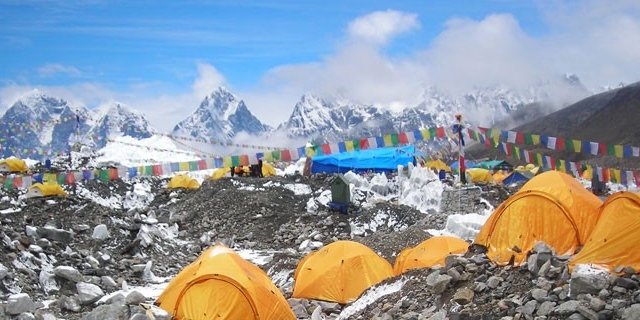
Climbing
a Himalayan peak is a dream for many adventurers or mountaineers around the
world, but not every peak is suitable for first-timers or those on a limited
budget. Among the numerous options for peak
climbing in Nepal, Island Peak stands out as one of the most accessible
and rewarding climbing peaks. Also known as Imja Tse, Island Peak is located in
the heart of the Everest region and offers the perfect balance of accessibility,
physical challenge, high-altitude experience and affordability. Whether you are
looking for your first Himalayan summit or aiming to combine trekking with
climbing, Island Peak is an ideal choice.
What Makes Island Peak Special?
Island
Peak rises to an elevation of 6,189 meters and sits proudly amid a sea of
glaciers and towering peaks. The mountain got its English name from British
explorers who thought it looked like an island in a sea of ice when viewed from
Dingboche. It is one of the 33 trekking peaks permitted by the Nepal
Mountaineering Association (NMA) and has become increasingly popular as a
'Trekking Peak' over the years for climbers seeking a taste of Himalayan
mountaineering without extreme risk.
Its
location is one of the most attractive aspects. Island Peak lies close to the
classic Everest Base Camp route, allowing climbers to combine trekking to
Everest with a real mountaineering experience. This dual experience - trekking
and climbing - makes Island Peak one of the most fulfilling mountain adventures
available in the Khumbu region of the Himalaya.
A Popular Choice for Beginners
Island
Peak is often considered one of the easiest
peak climbing options in Nepal, making it a popular choice for novice
climbers and trekkers who are physically fit and want to take their journey to
the next level. The ascent involves basic mountaineering skills such as walking
on ice with crampons and using ropes for glacier crossings. However, it does
not require any advanced climbing techniques and expertise, making it
accessible to those with limited or no prior mountaineering experience.
The
route to the summit is technically straightforward, though physically
demanding. Most climbers acclimatize along the way by following the Everest
Base Camp trek itinerary, which greatly reduces the risk of altitude sickness.
By the time they reach Island Peak Base Camp, they are well-prepared for the
final summit push. This gradual build-up, combined with the support of
experienced guides, makes Island Peak one of the most achievable summits in the
Himalayas for beginners.
A Budget-Friendly Climbing Expedition
When
compared to higher and more technical mountains, Island Peak is considered a budget peak climbing option in Nepal.
The overall cost is significantly lower than expeditions to Everest, Ama
Dablam, or other 7,000 to 8,000-meter peaks. Climbers can join group departures
(when available) or Ace Holiday Treks can organize a private expedition at a
reasonable price that typically includes domestic flights to Lukla, trekking
permits, accommodation, food, climbing gear, guide support, and the required
climbing permit from Nepal Mountaineering Association.
Its
affordability makes Island Peak especially attractive to students, solo
travelers, or small groups who want to experience real Himalayan climbing
without spending tens of thousands of dollars. This combination of low cost and
high reward is one of the key reasons Island Peak remains as the top choice for
those looking for a cost-effective adventure in the Nepal Himalayas.
Combine with the Everest Base Camp Trek
One
of the biggest advantages of choosing Island Peak is the opportunity to combine
it with the legendary Everest Base Camp
trek. Most climbers use the EBC route to acclimatize, which takes them
through scenic Sherpa villages like Namche Bazaar, Tengboche, and Dingboche.
This journey allows for gradual altitude gain, cultural immersion, and stunning
views of the Everest range along the way.
Reaching
the Everest Base Camp is already a milestone for many, but topping it off with
a successful Island Peak climb makes the experience even more fulfilling. After
spending time at the base camp and Kala Patthar, climbers head toward Chhukung
and then Island Peak Base Camp for summit preparation. This itinerary not only
enhances acclimatization but also deepens the connection with the region’s
natural beauty and spiritual culture.
A Breathtaking Summit Experience
Climbing
Island Peak rewards adventurers with one of the most breathtaking panoramic
views in the Himalayas. From the summit, climbers enjoy a sweeping 360-degree
vista that includes some of the world’s highest mountains. Towering just behind
Island Peak is the massive south face of Lhotse, while the views extend to
Nuptse, Makalu, Baruntse, and the majestic Ama Dablam. The surrounding glaciers
and deep valleys create a landscape that is both humbling and awe-inspiring.
Standing
on the summit of Island Peak is a life-changing moment. The sense of
achievement, combined with the raw natural beauty, is something that stays with
climbers forever. It is not just about reaching the top; it is about the entire
journey - through forests, valleys, ridgelines, and glaciers - that makes the
experience unforgettable.
Easy Logistics and Strong Local Support
Climbers
embarking on the Island Peak expedition benefit from excellent infrastructure
and logistics. The journey starts with a short flight from Kathmandu to Lukla,
followed by a well-established trekking route through the Sagarmatha National
Park. There are plenty of teahouses and lodges along the way, offering hot
meals and cozy rooms, making the trek comfortable even in remote terrain.
In
addition, Ace Holiday Treks has a strong network of professional trekking and
climbing guides who are trained and licensed to support climbers throughout
their journey. In most cases, equipments are available in our company or with
our guides. Also, equipment rental is easily available in Kathmandu or Namche
Bazaar, and Ace Holiday Treks provides full logistical support, including
porters, kitchen staff, and emergency backup. This high level of support makes
Island Peak not only achievable but also safe and enjoyable.
A Cultural and Spiritual Journey
Climbing
Island Peak is not just a physical achievement; it is also a deeply cultural
and spiritual journey. Along the way, trekkers encounter the rich traditions of
the Sherpa people, visit ancient Buddhist monasteries, spin prayer wheels, and
walk past fluttering prayer flags on suspension bridges. The region is home to
centuries-old religious practices that add a unique dimension to the adventure.
At
places like Tengboche Monastery, climbers can witness morning chanting rituals
and immerse themselves in the peaceful energy of the mountains. The blend of
sacred landscapes, warm hospitality, and high-altitude adventure creates a
spiritual richness that makes the Island Peak climb truly transformative.
Best Seasons and Permit Information
The
best time to climb Island Peak is during the spring (March to May) and autumn
(September to November) seasons. These months offer stable weather, clear
skies, and moderate temperatures, which are ideal for both trekking and
climbing. Winter climbs are possible but more challenging due to snow and cold,
while the monsoon season is generally avoided due to rain and poor visibility.
To
climb Island Peak, climbers need a special climbing permit issued by the Nepal
Mountaineering Association. The permit is affordable and easily arranged
through licensed trekking agencies. In addition to the climbing permit,
trekkers will also require a Sagarmatha National Park entry permit.
In Conclusion: Island Peak Is the Perfect First Himalayan Summit
For
anyone seeking an introduction to mountaineering or a moderately challenging
peak in the Everest region, Island Peak is one of the best options available.
It offers a rare combination of accessibility, affordability, safety, and
unforgettable natural beauty. As one of the most popular trekking peaks in
Nepal, Island Peak continues to attract climbers from around the world who are
eager to experience the magic of the Himalayas without committing to a
full-scale expedition.
If
you’re looking for the easiest peak
climbing adventure with the thrill of snow, glaciers, and the
satisfaction of standing above 6,000 meters, Island Peak is calling your name.
Looking to climb Island Peak?
Join
a professionally guided, fully supported expedition with Ace Holiday Treks, Kathmandu Nepal -
experts in budget peak climbing in
Nepal with over two decades of experience. Always feel free to request
information that you need for your group trip or private customized trip.
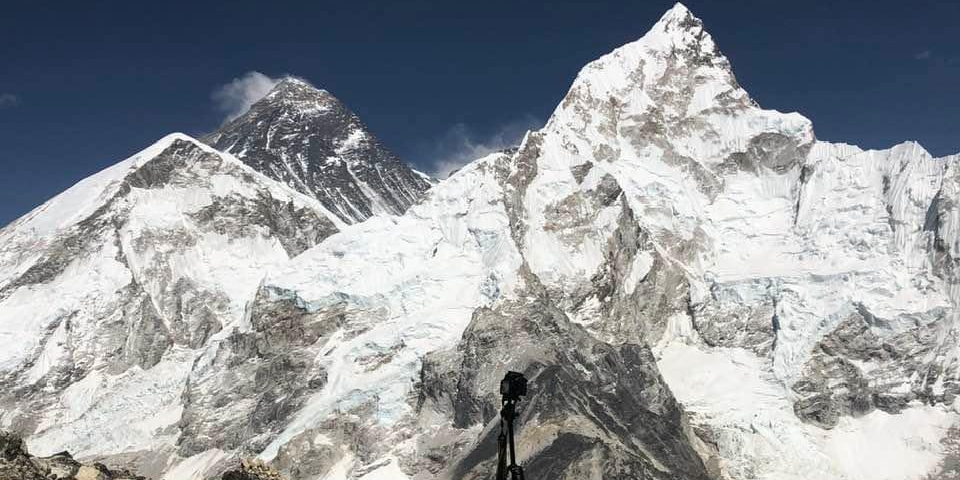
Discover why Everest Base Camp Trekking is the world’s top adventure trekking—breathtaking views, Sherpa culture, and a life-changing Himalayan journ...
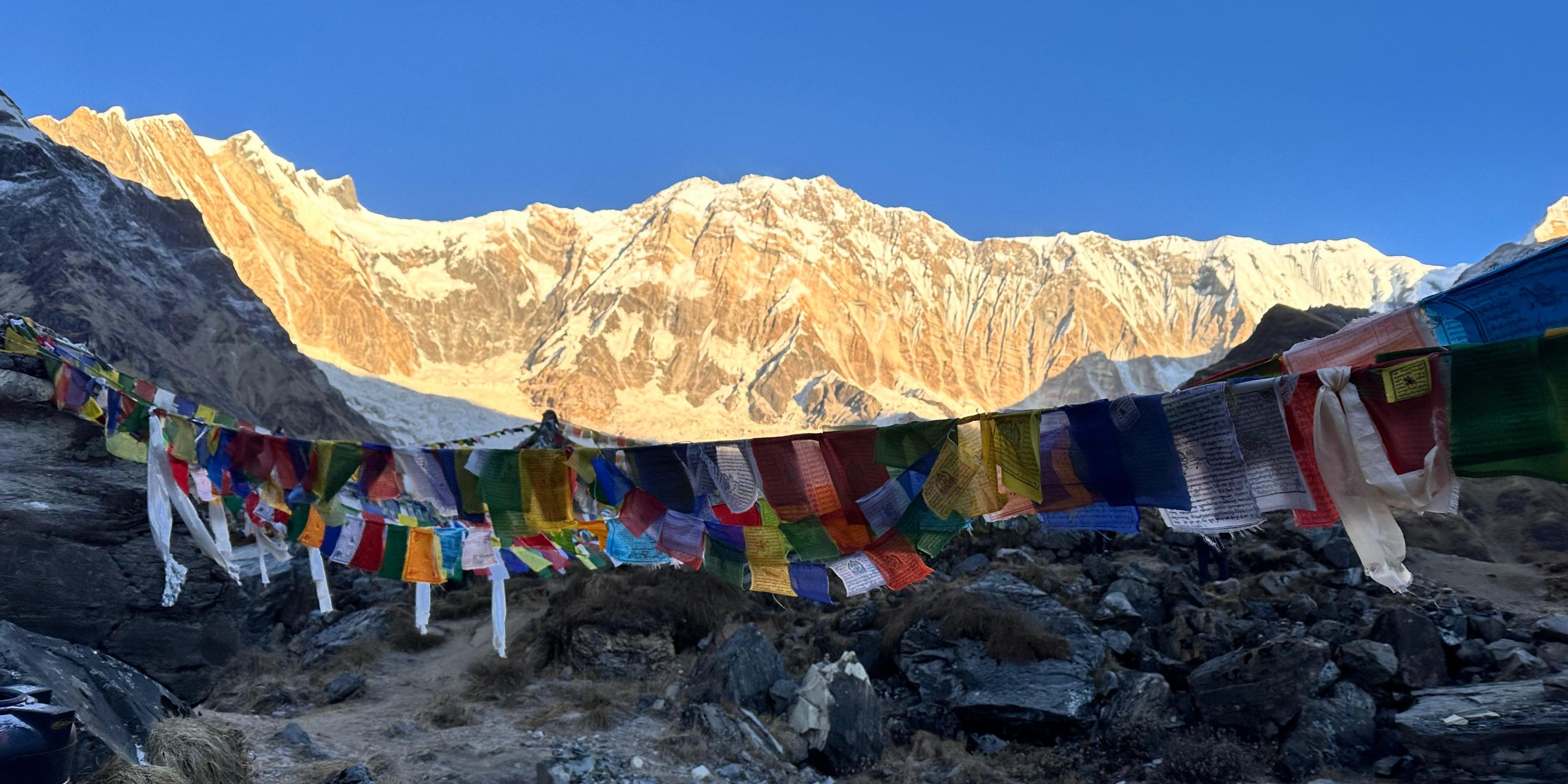

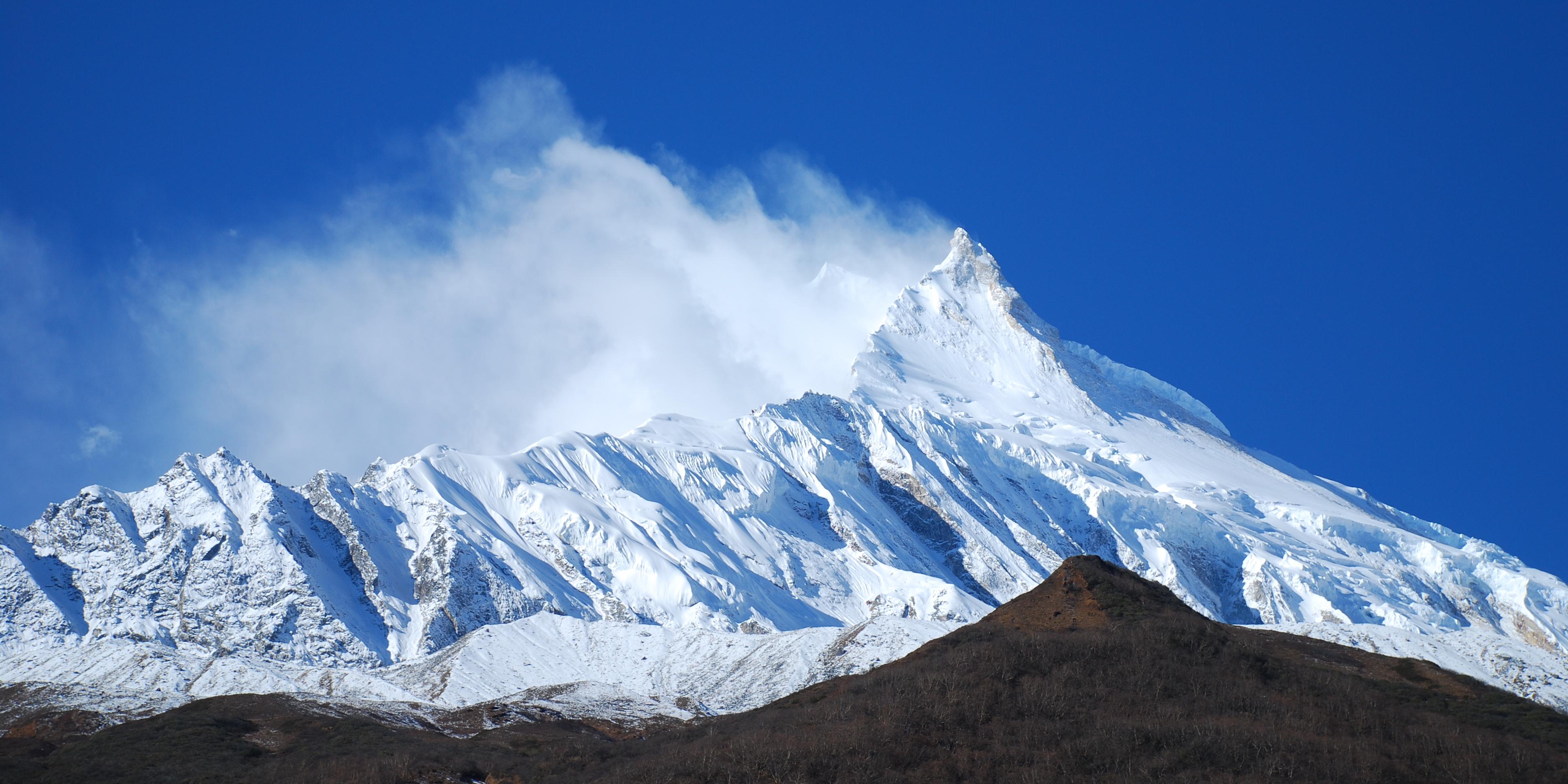
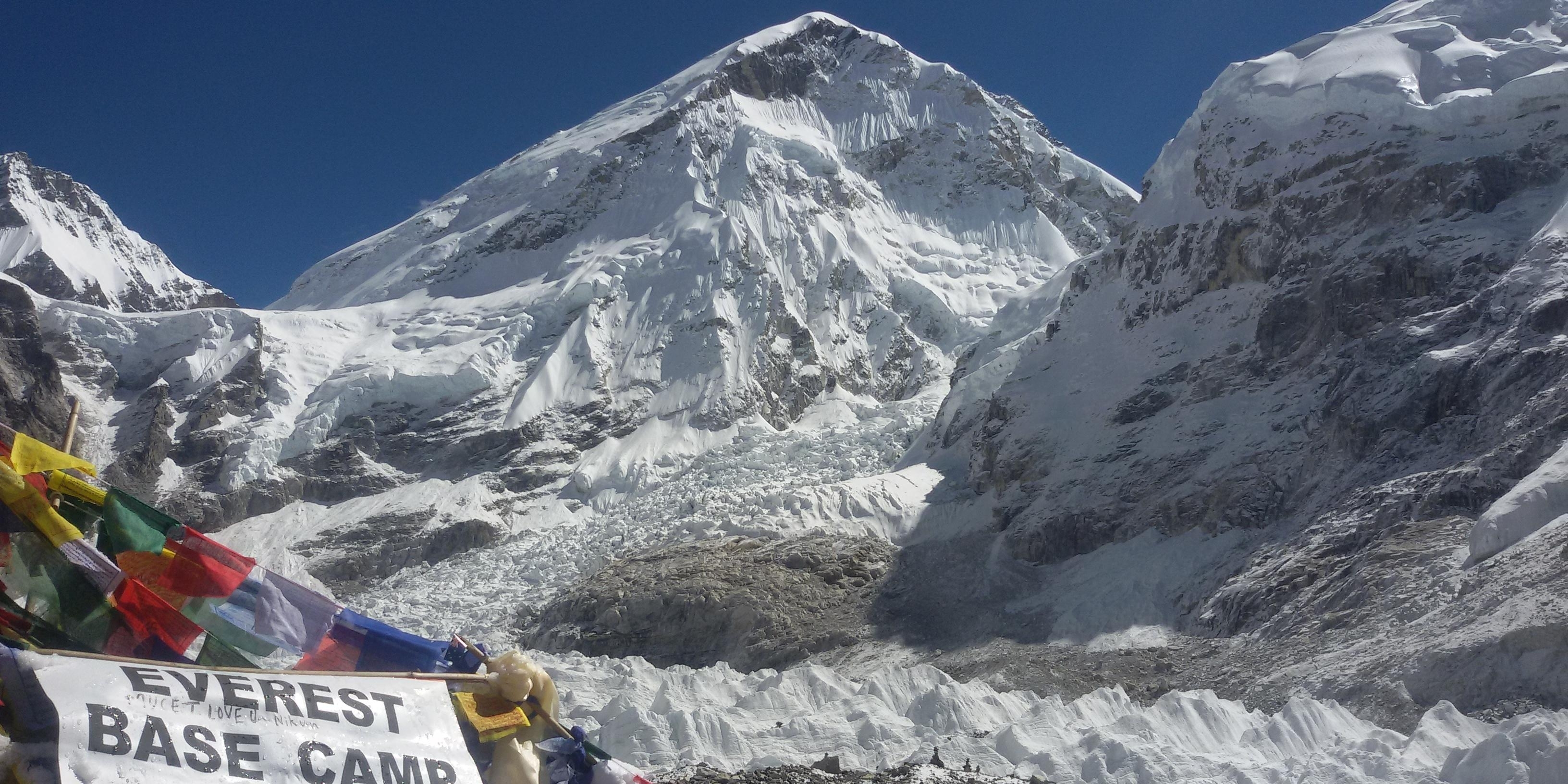
The best seasons for Everest Base Camp Trekking

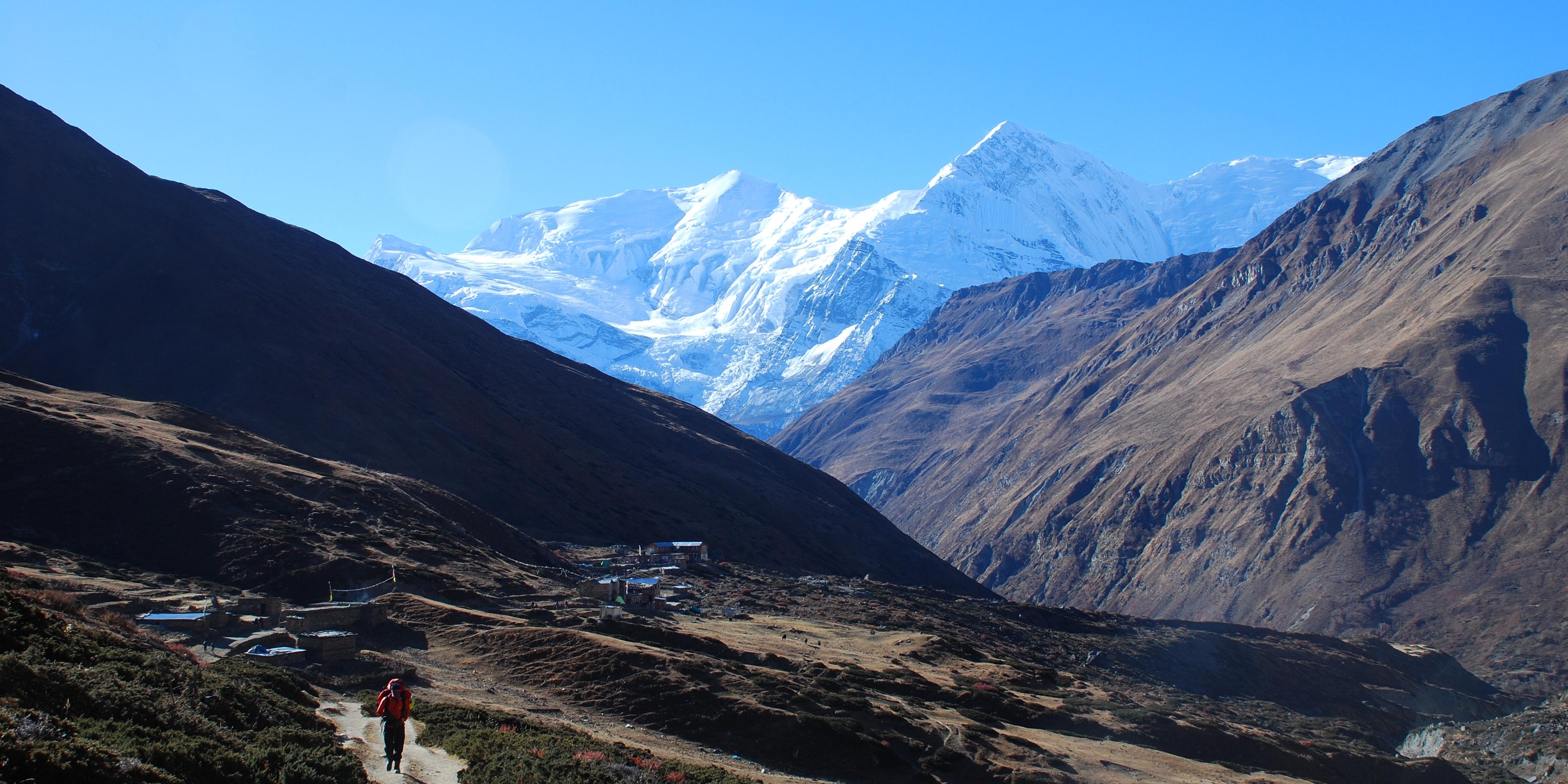
Annapurna Circuit Trekking is often hailed as the best trekking trail in the world—and for good reason. With dramatic shifts in landscape, culture...
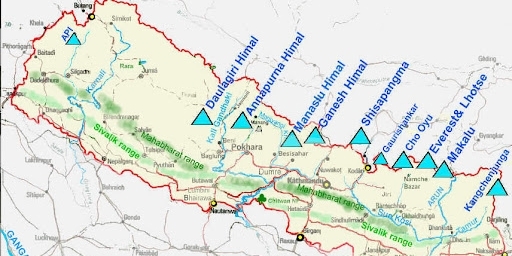

“A Hidden Himalayan Gem Just Hours Away from Kathmandu”

“A Timeless Holiday Destination Where History, Culture, and Himalayas Converge”

Nepal: Where Spiritual Traditions Converge
A Timeless Journey to the Land of Peace and Enlightenment
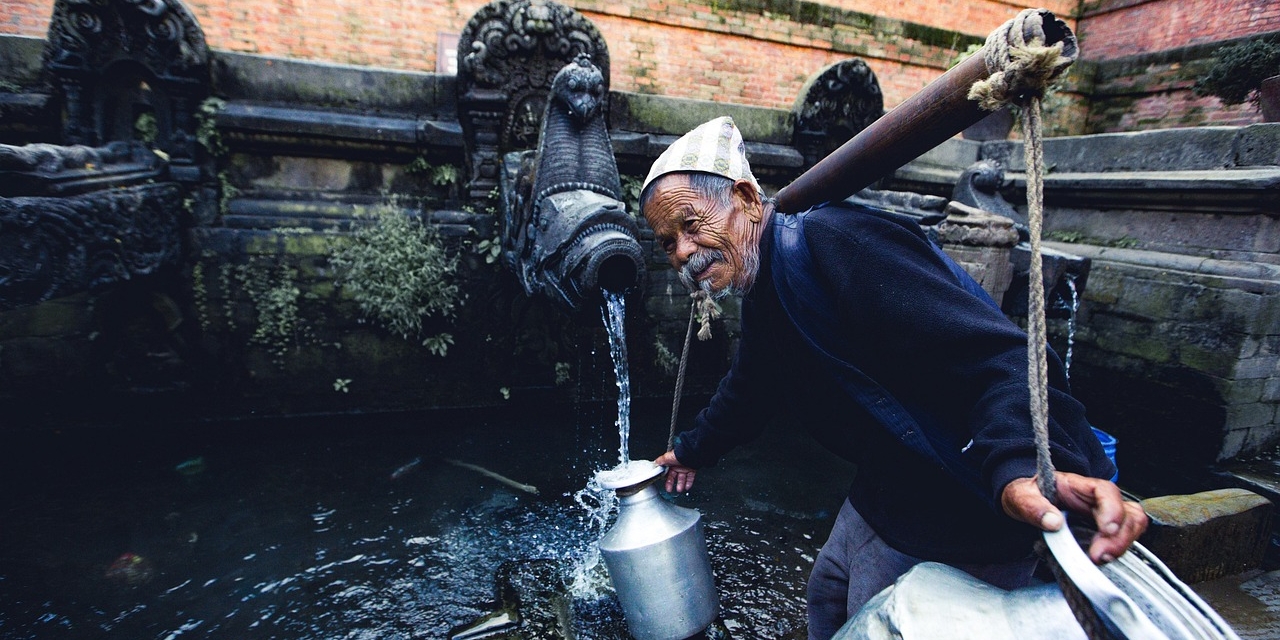
Nepal - Where Knowledge Meets Nature, Culture and Adventure
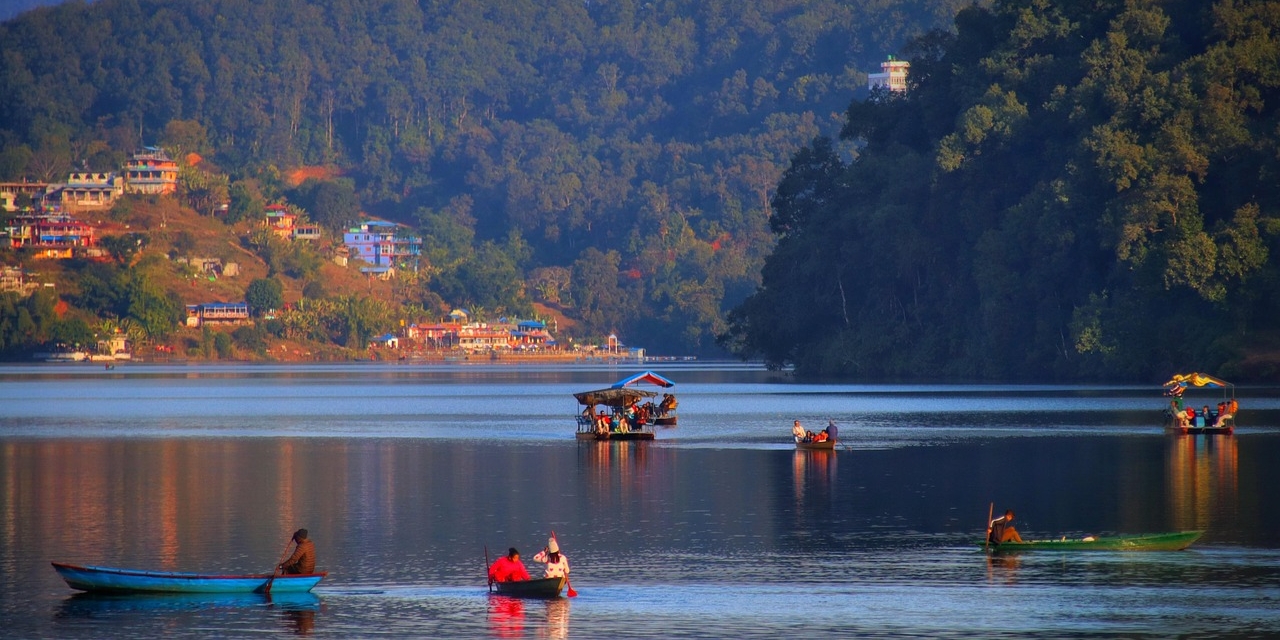
A City of Lakes and Himalayan Reflections - Where Memories are Made
